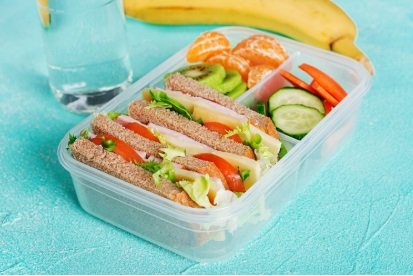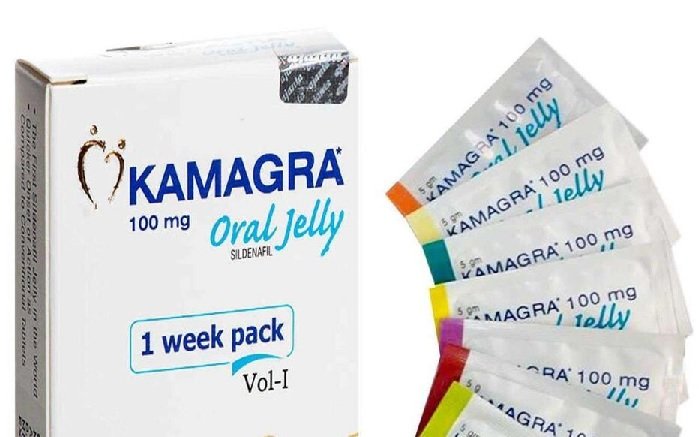Nutritious Choices for School-Age Children: Key Food Groups to Include

Proper nutrition is essential for school-aged children and children who are still growing. It supports their rapid growth, high activity levels, and brain development.
A well-balanced diet provides the necessary nutrients to fuel their bodies and minds, ensuring they stay energized throughout the school day.
Here are the key food groups that should be included in a child’s daily diet, along with their benefits and examples of nutritious choices. Let’s jump straight in.
-
Fruits and vegetables
Both fruits and vegetables are rich in essential vitamins, minerals, and fiber, which are essential for overall health and immune system support. A variety of colorful fruits and vegetables boost the immune system, improve digestion, and provide antioxidants to protect against diseases.
Children aged 6 to 8 years should eat one and a half to 2 cups of fruits and veggies daily. Older or more active kids, ages 9 to 12 years, should aim for 2 to 2 and a half cups of fruit and 2 to 3 and a half cups of vegetables every day.
To make fruits and vegetables more enticing for kids, you should provide them with a variety of choices to introduce them to different flavors and textures. Similarly, you can combine fruits and vegetables into smoothies or incorporate them into sauces for a more enjoyable taste.
-
Dairy and calcium-rich foods
Dairy products such as milk, yogurt, cheese, and plant-based alternatives are sources of calcium. Calcium is vital for strong bones and teeth, especially during childhood.
School-age children need about two to three servings of dairy each day. In case your children are lactose intolerant, you can give them soya, oat, coconut, pea, and nut milk.
To add this food group to your children, blend milk or dairy alternatives into smoothies or oatmeal. Prepare overnight oats or puddings, or serve yogurt with fruit as a nutritious snack.
-
Meat and meat alternatives
Different types of meat, such as beef, pork, poultry, veal, lamb, and so on, are high in protein. These foods play a crucial role in your child’s growth and muscle development.
They also provide essential vitamins and minerals, such as iron and omega-3 fatty acids. Iron and omega-3s found in red meat and oily fish are especially beneficial for brain development and learning. Search a butcher shop near me and order the best meat cuts for your children.
If your child is not mad about meat, you can introduce them to meat alternatives, which include eggs, nuts, tofu, falafel, beans, chickpeas, and lentils.
School-aged children should eat one and a half to 2 and a half servings of meat or its alternatives per day. Children are more likely to enjoy meat when it is shredded, ground, or shaped into meatballs. Offering a dipping sauce on the side or incorporating flavorful sauces into the dish can make it more appealing and enjoyable.
-
Grains
Grains provide carbohydrates, vitamin B, minerals, and fiber to support digestion and keep kids feeling full. They play a vital role in providing energy for growing, active bodies and supporting brain function. Whole grains, in particular, offer significant nutritional benefits and contribute to a well-balanced diet.
Whole grains such as brown rice, oatmeal, and whole wheat pasta are a great source of energy and, on top of that, a great aid in digestion.
You can also incorporate ancient grains into your child’s diet. Ancient grains include quinoa and amaranth, which offer diverse options and are naturally gluten-free.
-
Healthy fats
Additionally, try to incorporate more healthy fats in your children’s diet. Healthy fats are necessary for brain development, hormone production, and overall cell function.
They also help keep children satisfied between meals. Avocados, nuts, seeds, and fish are excellent sources of healthy fats.
However, while healthy fats are essential, they should be provided in moderation due to their calorie density. This means half an avocado per day is enough, or two tablespoons of peanut or almond butter, or a handful of nuts every day.
-
Healthy drinks
Our best advice is to refrain from giving your children juices and other sugary drinks. The healthiest and most affordable drink for children is water. Especially if fortified with fluoride to support strong teeth.
Reduced-fat milk is another excellent choice, providing essential calcium for healthy bone development.
How to encourage healthy eating
The easiest way to encourage children to eat healthy is to make meals colorful. Offer them a variety of colorful fruits and vegetables to ensure they get a range of nutrients.
The other tip includes packing healthy lunches for school. Include a mix of protein, whole grains, and fruits or veggies in their school lunchboxes.
Children love sweets and sugar in general, but you should find ways to limit processed foods as much as possible. Reduce sugary snacks, sodas, and fast food, which provide little nutritional value.
And finally, get your children involved. Let children participate in grocery shopping and meal preparation to make them more excited about eating healthy.
Conclusion
And there you have all the food groups essential for school children. A well-balanced diet with these essential food groups will help children grow strong, stay focused in school, and develop healthy habits for life.










